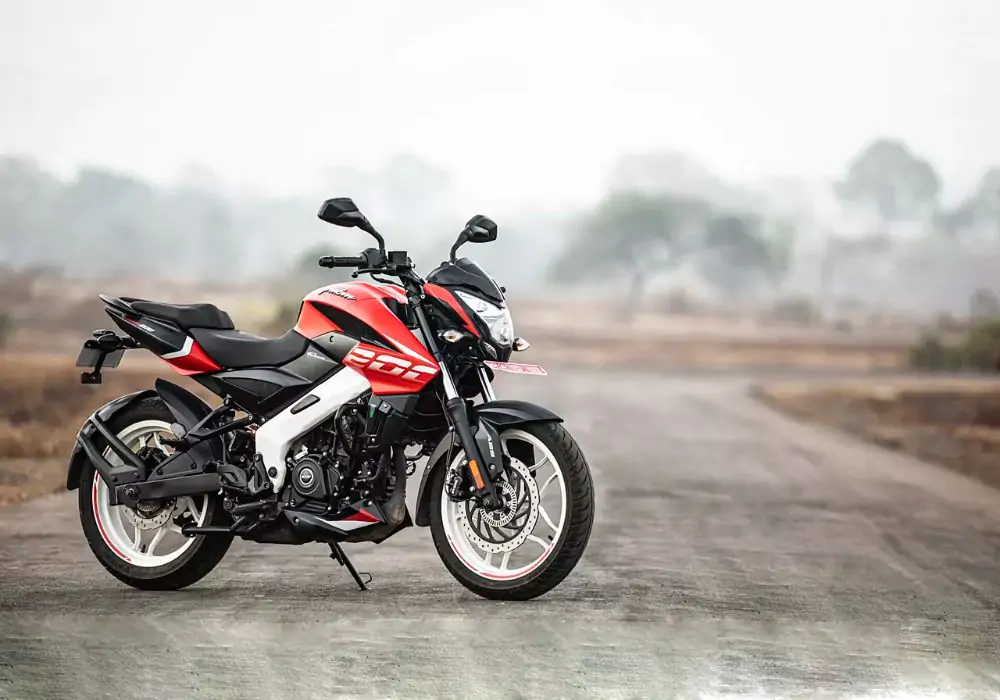India boasts a significant position in the global two-wheeler market, with motorcycles serving as a primary mode of transportation for many Indians due to their fuel efficiency. When purchasing a motorcycle or scooter, fuel efficiency or mileage is a crucial factor to consider, along with 2-wheeler insurance, to safeguard the bike, as it directly impacts fuel costs.
While manufacturers provide ARAI-tested mileage figures, real-world conditions may yield different results. Understanding your bike’s mileage is essential for optimising performance and managing fuel costs, especially given the rising fuel prices.
To check or maintain your bike’s mileage effectively, consider some practical tips and tricks in this post to calculate mileage of bike accurately.
What is Bike Mileage?
Bike mileage refers to the distance travelled by motorcycle per unit of fuel consumed, typically measured in kilometres per litre (kmpl). Various factors affect a bike’s fuel efficiency, including weight, aerodynamics, tyres, gear changes, fuel quality, cleanliness, fuel level, heavy accelerating and braking, and oil level and quality.
For instance, unnecessary accessories like heavy crash guards and oversized horns add to the bike’s weight, reducing fuel efficiency. Aerodynamics, tyre pressure, and gear changes also play a significant role in fuel consumption.
How to Calculate Mileage of a Bike
To effectively monitor your bike’s fuel efficiency, consider calculating its mileage every two months. This approach allows for early detection of any increase in fuel consumption, which may signal underlying issues with the motorcycle. These issues could include underinflated tyres, low oil levels, clogged fuel and air filters or defective spark plugs.
While insurance for bikes can cover up to 95% of the bike’s cost, checking its mileage is crucial for managing running costs. To help you perform a mileage check, consider the below methods:
Methods to Calculate Bike Average: Bottle Method
To measure your bike’s mileage using a manual method, follow these interactive steps:
Step 01: Securely tape the bottle to the fuel tank or hang it through the handlebar. Connect the carburettor’s fuel pipe to the measuring bottle, ensuring it contains 1 litre of fuel.
Step 02: Set the trip metre to zero to accurately measure the distance travelled on 1 litre of fuel.
Step 03: Start the bike and allow it to run until the fuel in the measuring bottle is nearly depleted.
Step 04: Note the number of kilometres the bike runs on 1 litre of fuel.
Step 05: Use the formula (distance travelled ÷ fuel consumed) to determine the bike’s mileage.
Methods to Calculate Bike Average: Full Tank Method
Step 01: Request the fuel pump attendant to set the fuel filler to the slowest setting. Fill the tank until it reaches the neck, making an exact note of the fuel level.
Step 02: Before leaving the petrol pump, set the trip metre to 0 for accurate distance tracking.
Step 03: Ride your motorcycle or scooter for approximately 100 kilometres, ensuring a mix of highway and city riding.
Step 04: Return to the petrol pump and repeat step 1, noting the fuel level after refilling.
Step 05: Divide the covered distance (100 kilometres) by the number of litres used to determine your bike’s mileage.
Methods to Calculate Bike Average: Reserve Filling Method
Step 01: When the bike switches to the reserve position, note the odometer reading or reset the metre to zero.
Step 02: Fill the tank with 1 litre of fuel.
Step 03: Ride the bike until it returns to the reserve position.
Step 04: Use the formula (distance travelled ÷ fuel consumed) to calculate the bike’s mileage based on the odometer reading and the amount of fuel used. This is precisely how to calculate the bike average formula easily.
Methods to Calculate Bike Average: Online Bike Petrol Average Calculator
There is an online bike petrol average calculator available to help you accurately calculate the mileage of a bike. This fuel efficiency calculator allows you to determine the gas, petrol, or CNG mileage of your car, truck, SUV, taxi, or motorcycle.
By inputting the distance travelled, fuel consumed, and the price per unit of fuel, you can calculate the vehicle’s fuel efficiency and the fuel cost per kilometre or mile. The mileage is typically displayed in mpg or kmpl, but you can also choose kmpg or mpl for alternative units.
Tips to Maintain a Good Mileage on Your Bike
For optimal bike mileage, consider the below tips:
- Check and maintain the recommended tyre pressure, especially before long rides, to ensure fuel efficiency.
- If mileage doesn’t improve after servicing, consider adjusting the carburettor settings for enhanced performance and increased mileage.
- Original parts are designed for optimal performance; avoid unnecessary modifications that can increase fuel consumption.
- Use high-quality premium unleaded fuel to safeguard engine health and maximise fuel efficiency.
- Stick to recommended speed limits and maintain a steady pace below 40 kmph.
Conclusion
Determining bike mileage is crucial for managing transportation costs and ensuring optimal engine performance. By following the precise methods and easy tips outlined in this post, you can accurately calculate your bike’s mileage and take steps to improve it.
By staying informed and proactive, you can maximise your bike’s mileage, reduce fuel costs, and enjoy a safer, more economical riding experience.
Moreover, regular maintenance can help keep your bike in good condition and lower your comprehensive two-wheeler insurance premiums. Reputable online providers, like Tata AIG, often consider bike maintenance when deciding premium amounts.
